1. Overview
The platform takes the intelligent personalized customized candy production line of the digital factory as its design source and simulates
The whole process of candy from order placement to material supply, filling, testing, capping and warehousing.
The system consists of three parts: detection, control and execution.
Detection: Vision, weighing, photoelectric and other sensors
Control: PLC, remote IO, RFID, touch screen, etc.
Execution: industrial robots, electric manipulators, pneumatic actuators, etc.
Function: Complete the supply, transmission, filling, weighing, sorting, etc. of various task module products.
Tasks such as stamping and warehousing.
Process: Place an order → Supply + Filling → Inspection → Robot handling → Capping → Assembly → Warehousing
2. Training items
Section 1, Robot Training
1) Installation and wiring of the industrial robot body and controller;
2) Industrial robot initialization and parameter recovery;
3) Installation of industrial robot teaching pendant
4) Installation of end tools of industrial robots
5) Setting of industrial robot parameters
6) Practical training on industrial robot operating modes and manual speeds
7) View common information on industrial robots
8) Introduction to industrial robot programming instructions
9) Backup and recovery of industrial robot programs
10) Practical training on calibration of industrial robot coordinate system
11) Industrial robot fault diagnosis and maintenance
12) IO communication between industrial robot and PLC
13) Industrial robot operation and programming;
Section 2, electrical application training
14) Practical training on reading electrical drawings
15) Pneumatic circuit takeover and electrical connections
16) Application of various sensors
17)Pneumatic technology application
18) Installation and application of PLC
19) Installation and application of RFID
20) HMI configuration monitoring and interface design technology
21) Application of main types of motor drive technology;
22) Application of motion control system;
23) RFID application technology;
24) Application of MES system;
25) Application of industrial automation network;
Section 3, Equipment Communication Application
26) Application of detection switch
27) Touch screen and PLC communication
28) MOUDLEBUS communication between PLC and RFID;
29) Profinet communication between PLC and PLC;
30) Communication between MES and PLC;
31) Application of bus communication technology;
Section 4. Industrial digital twin applications
32) Product modeling application
33) Digital 3D model construction and layout
34) Basic electromechanical objects and common motion pair settings and applications
35) Common sensor signals and signal adapter settings and applications
36)Tecno and virtual PLC virtual debugging application
37) Tecno and actual PLC (physical equipment) virtual and real debugging applications
38) Mechatronics collaborative simulation: mechanical interference, mechanism kinematics verification, mechanism dynamics verification;
3. Mechatronic version


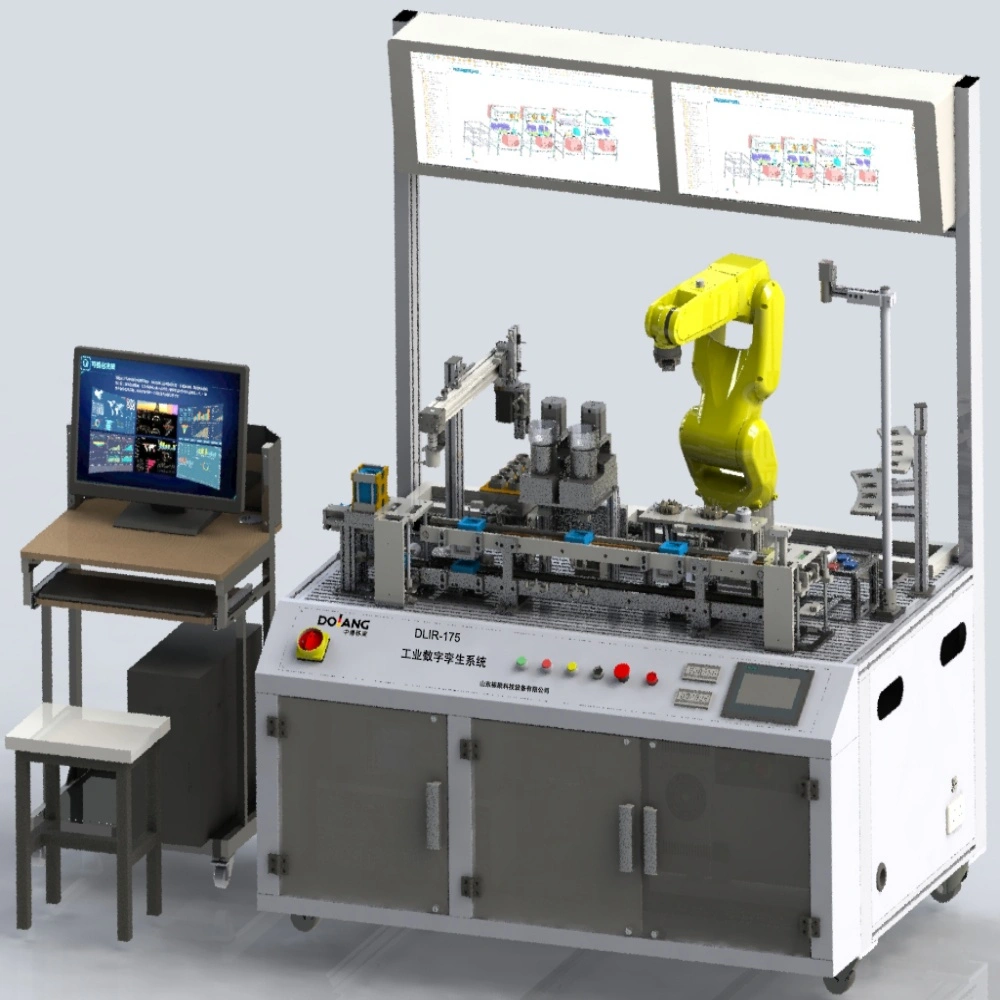
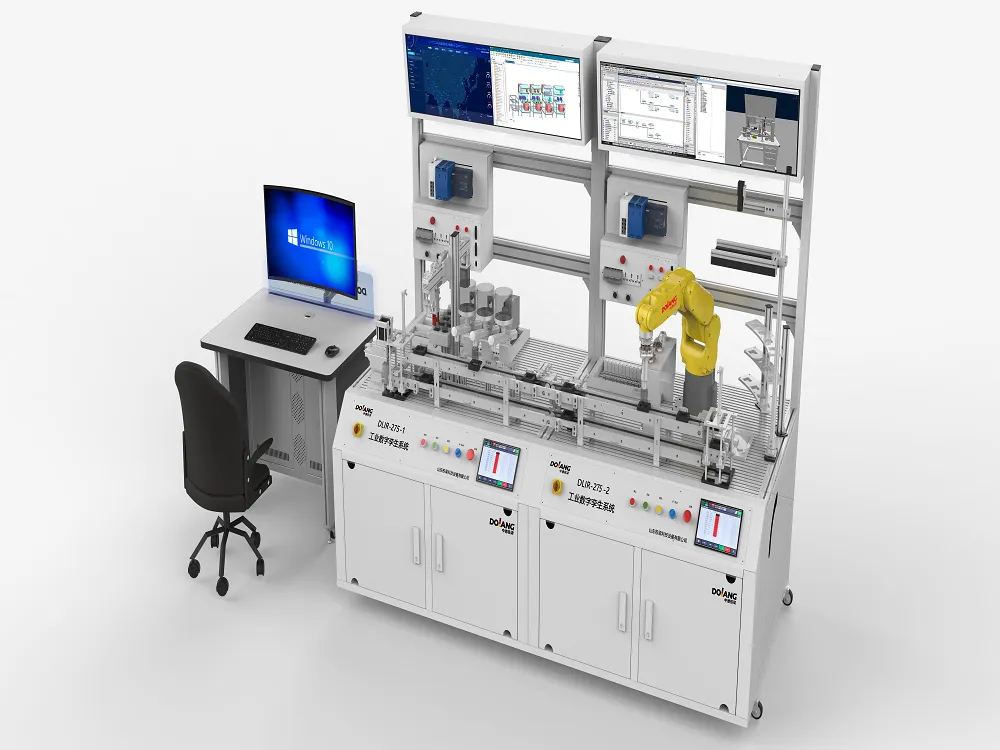
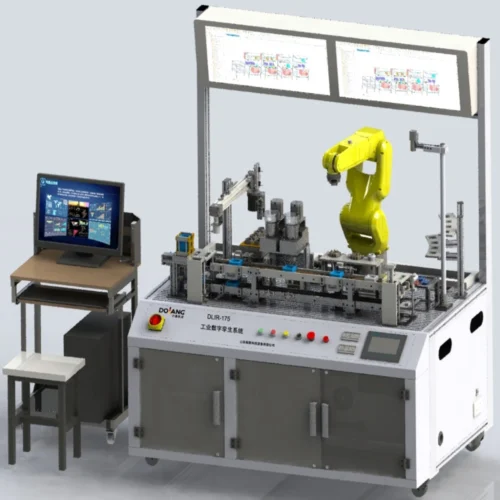
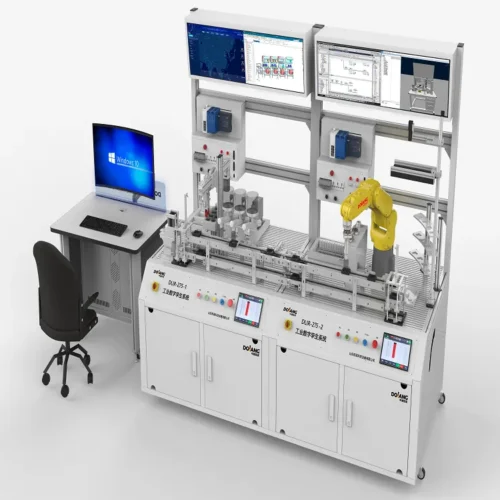
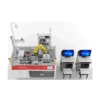
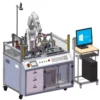
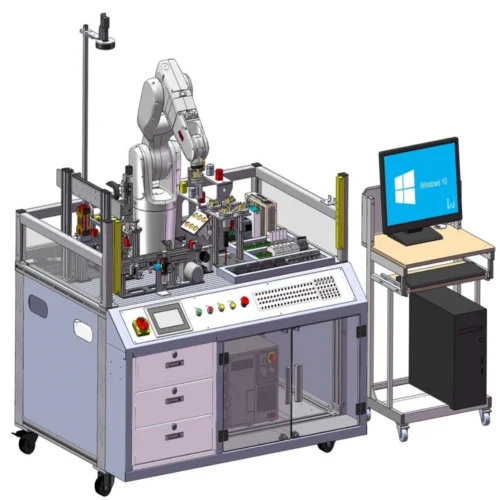
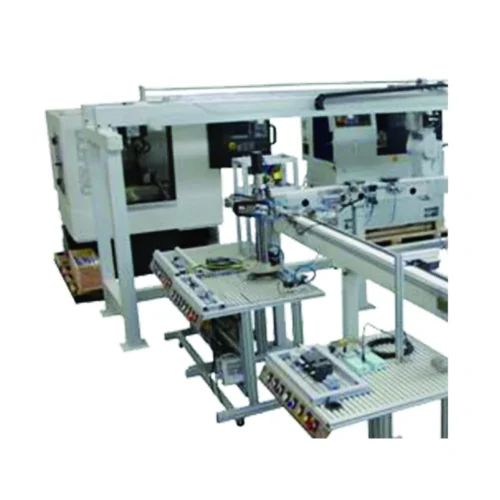
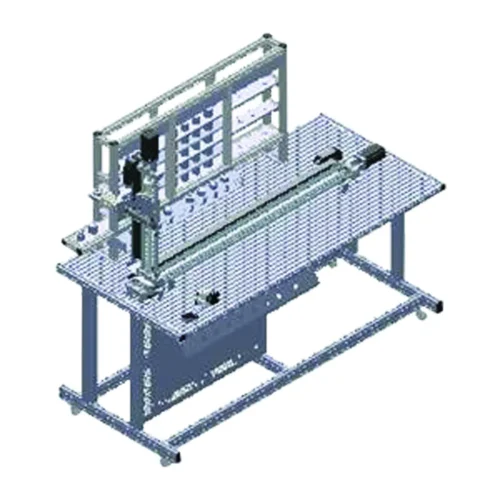
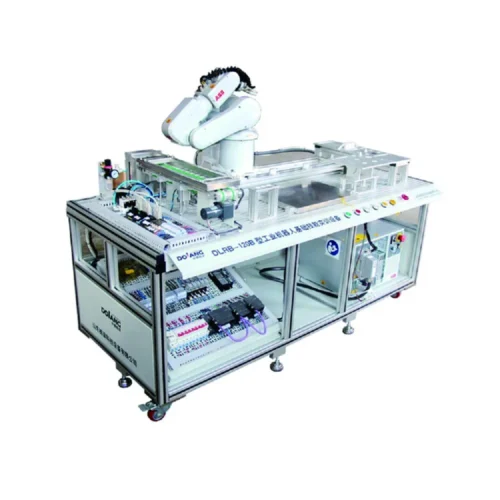
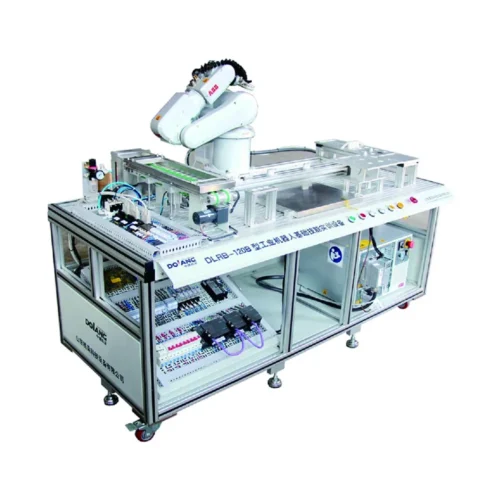
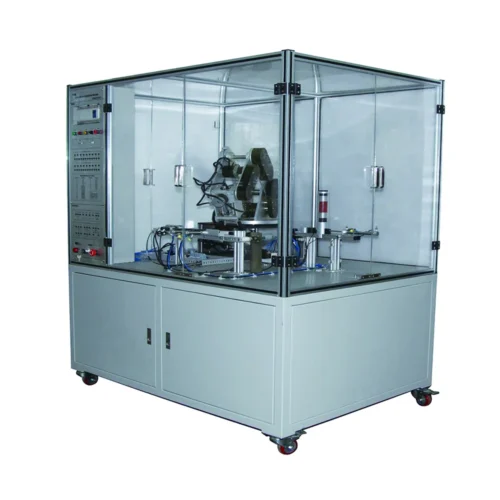
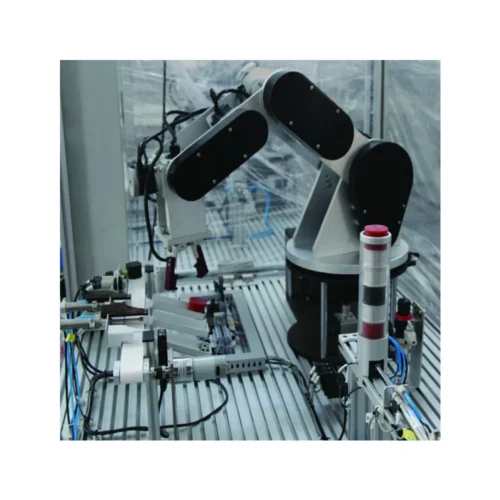
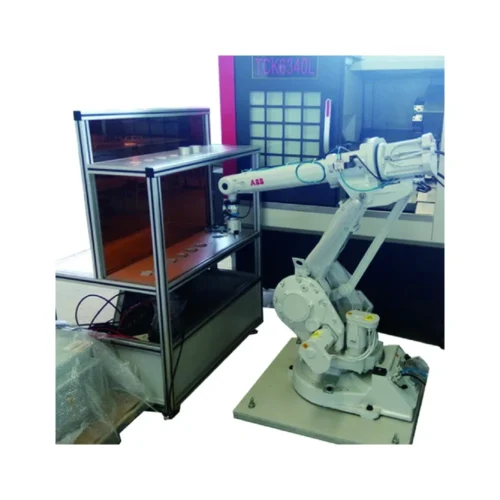
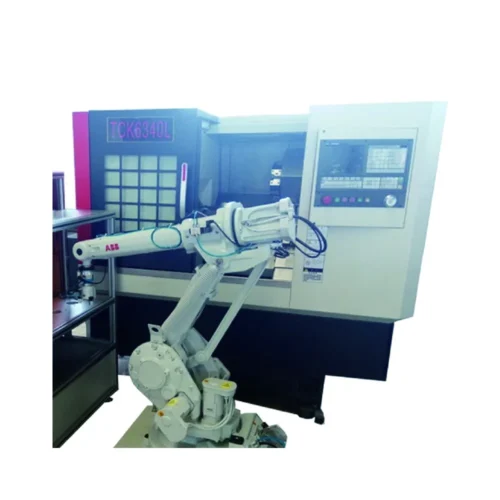



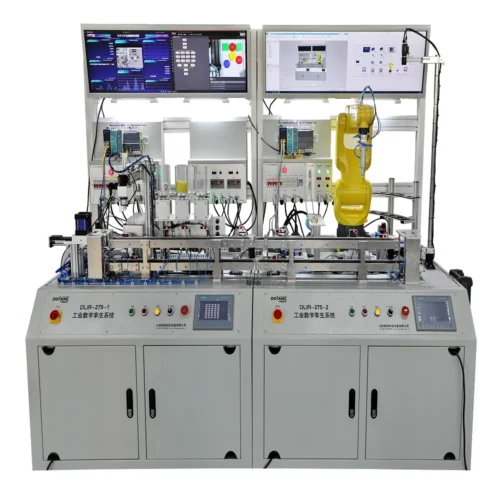

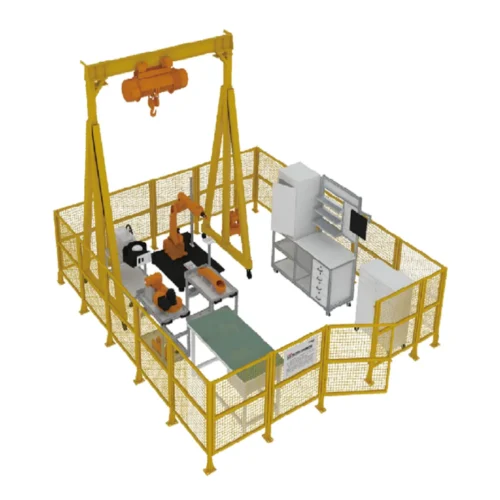
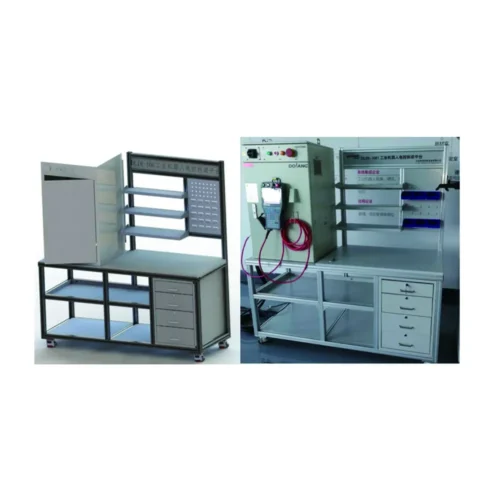
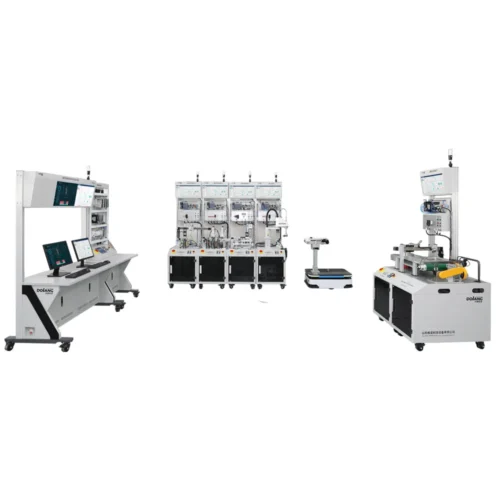

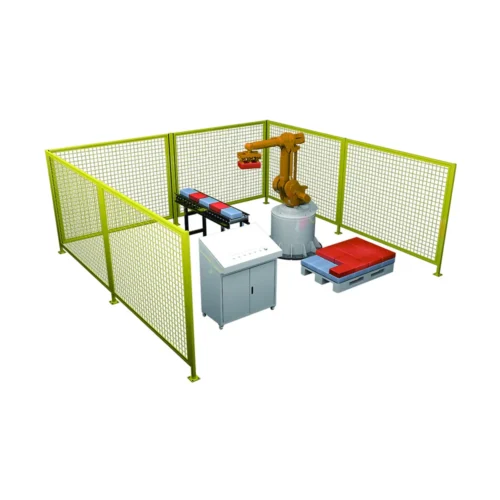
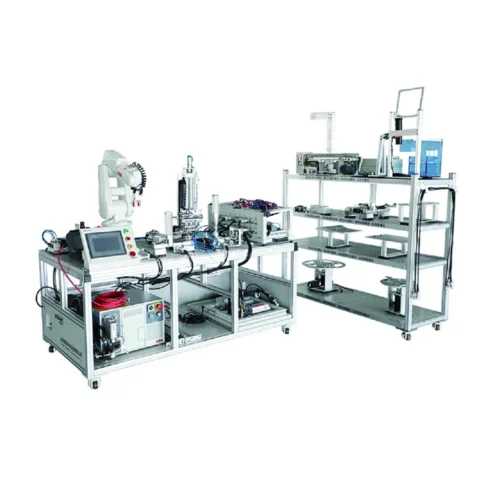
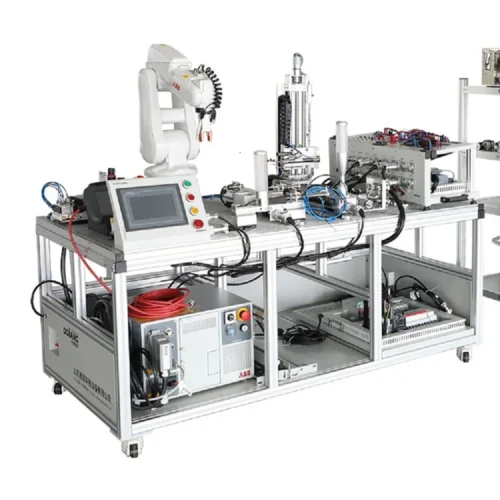
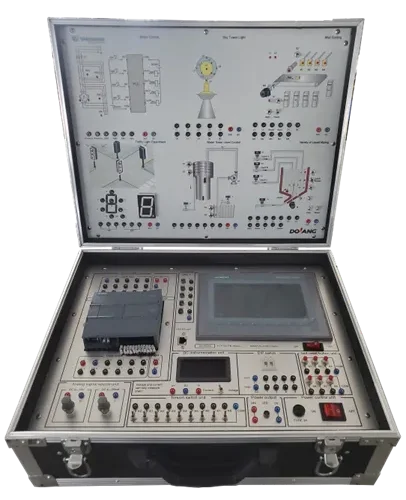

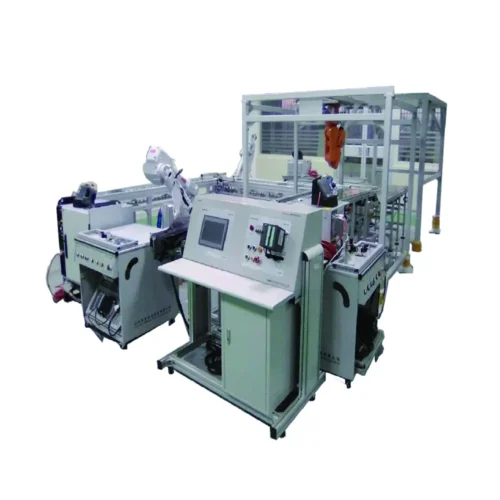
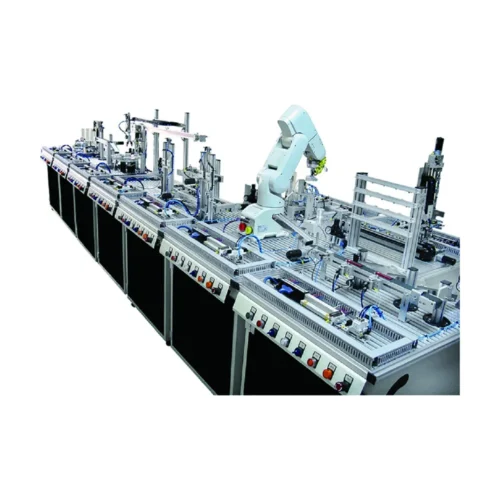
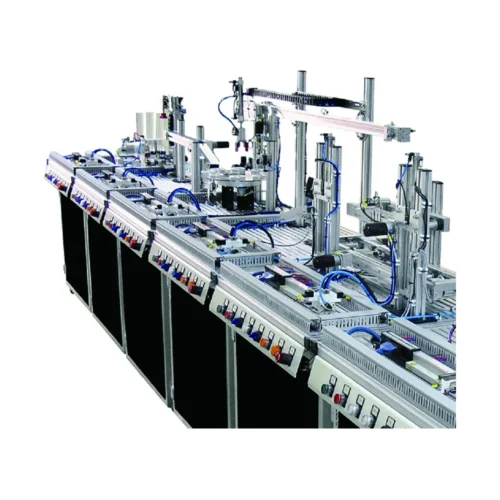
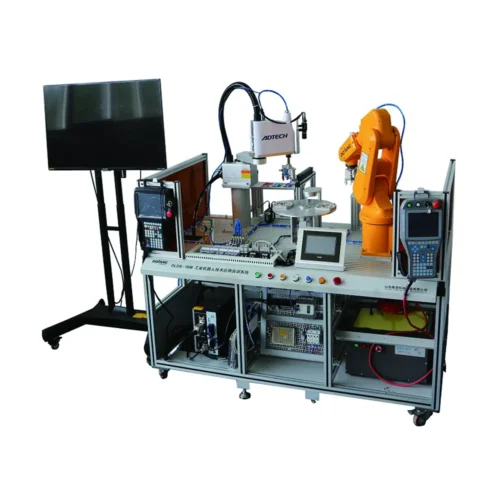
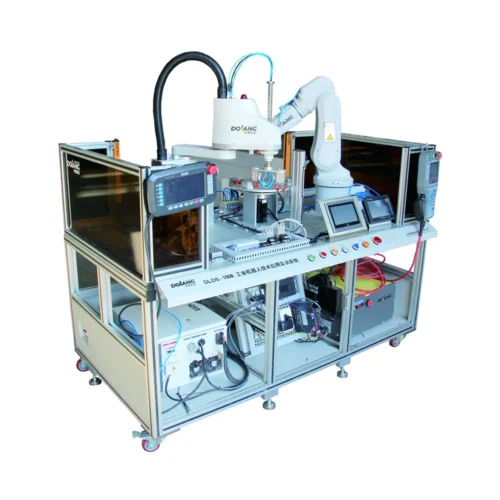
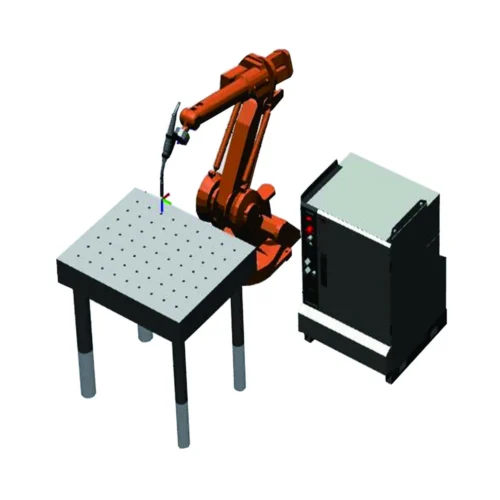

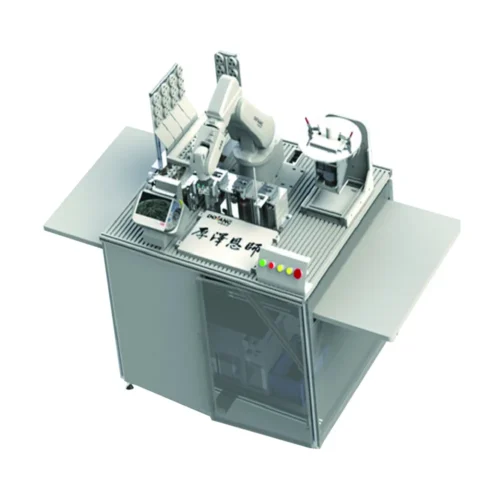
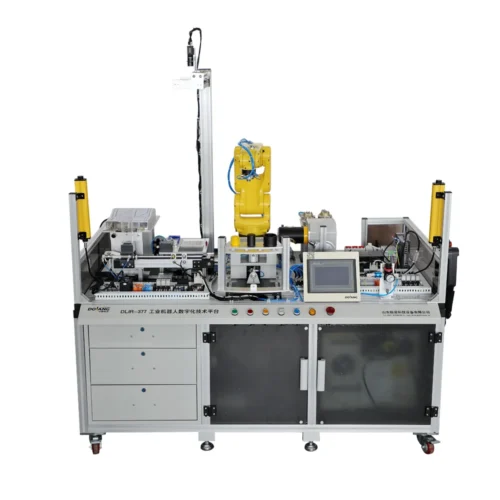
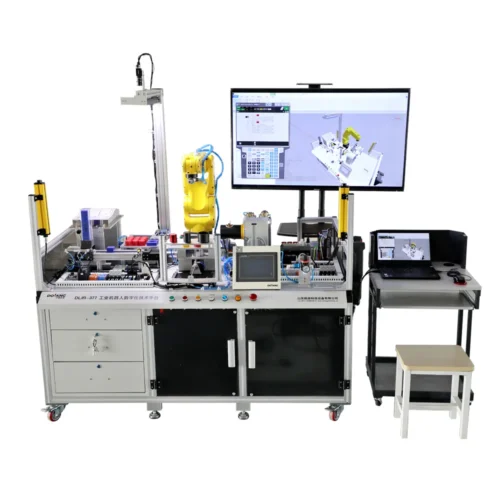
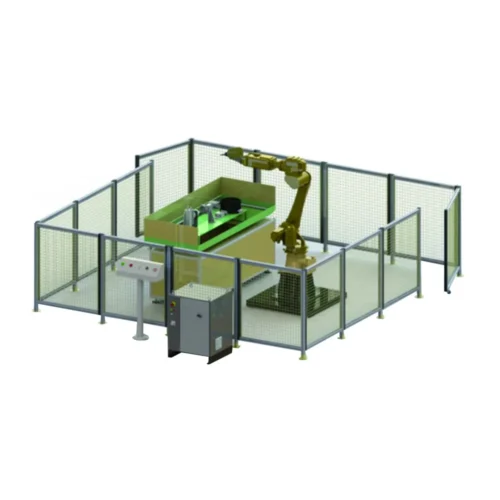
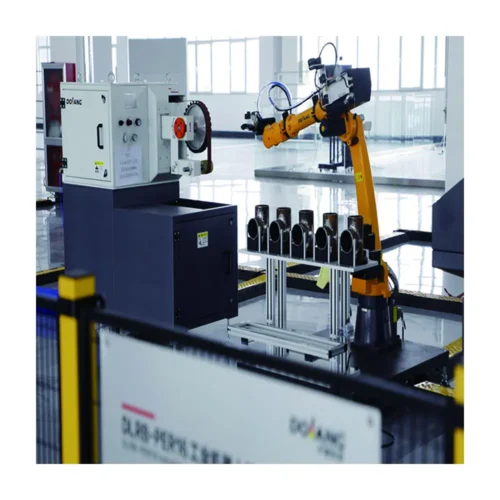

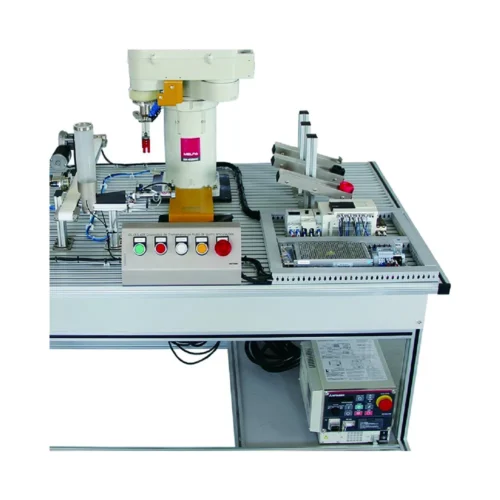
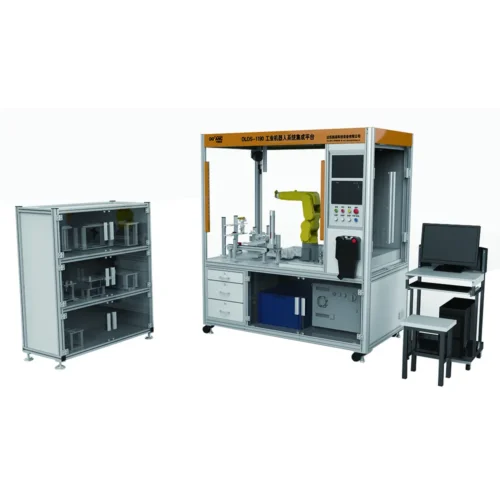
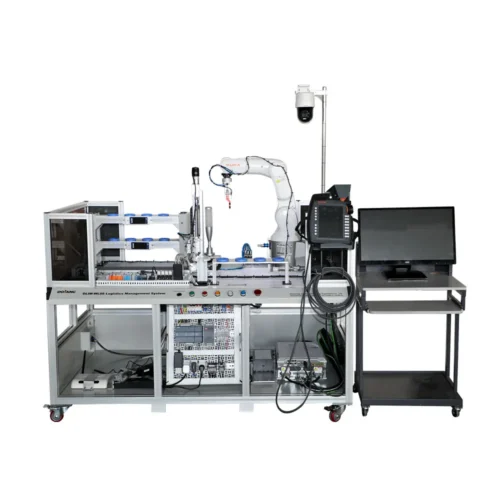

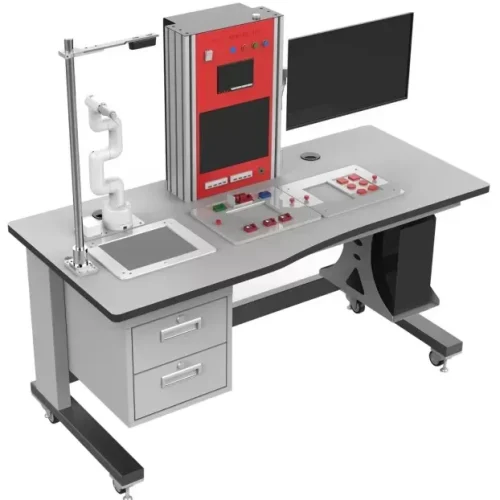
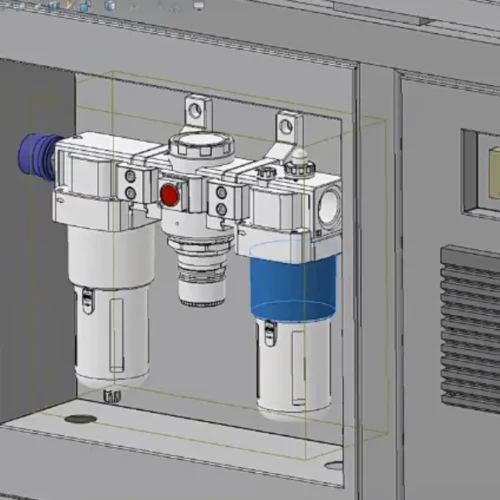
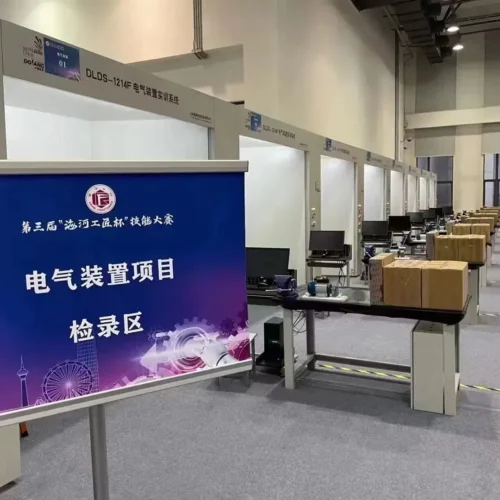

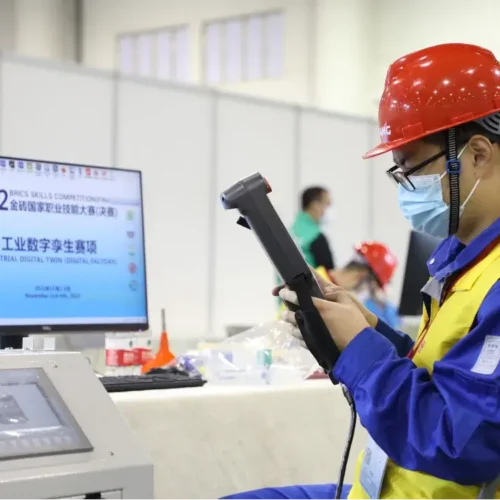
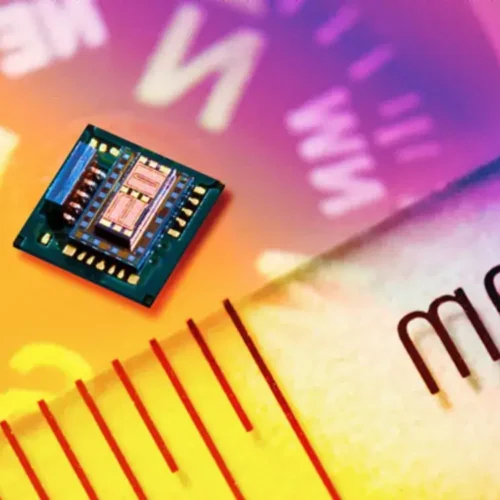
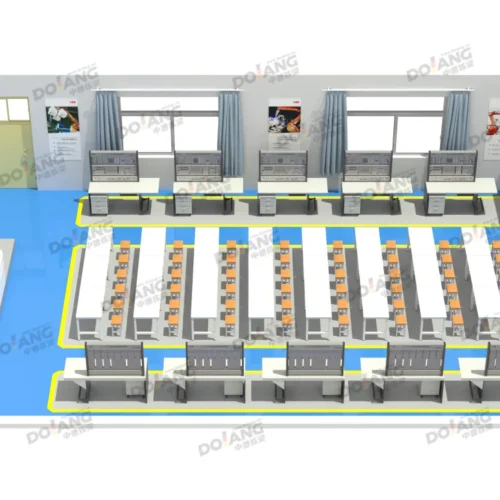
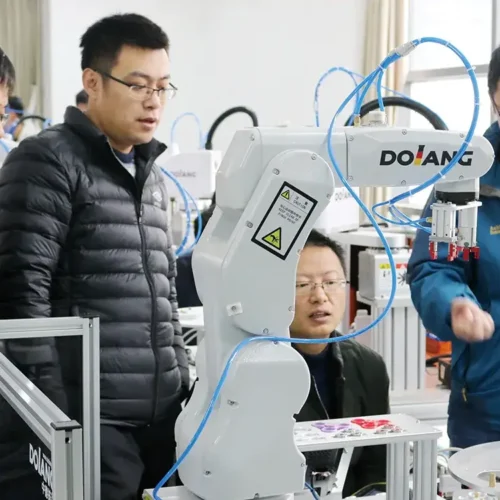
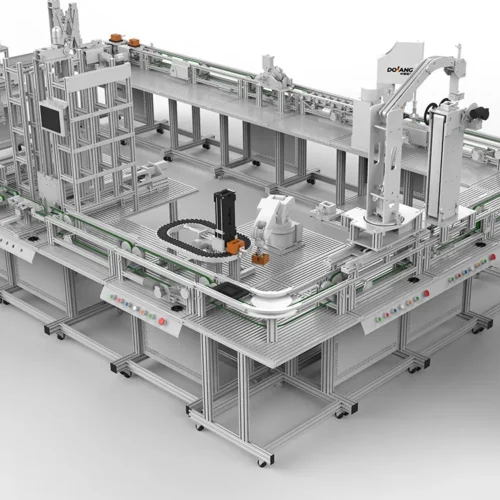
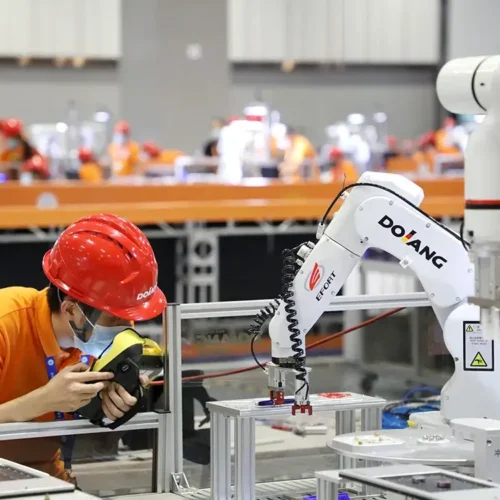
Reviews
There are no reviews yet.